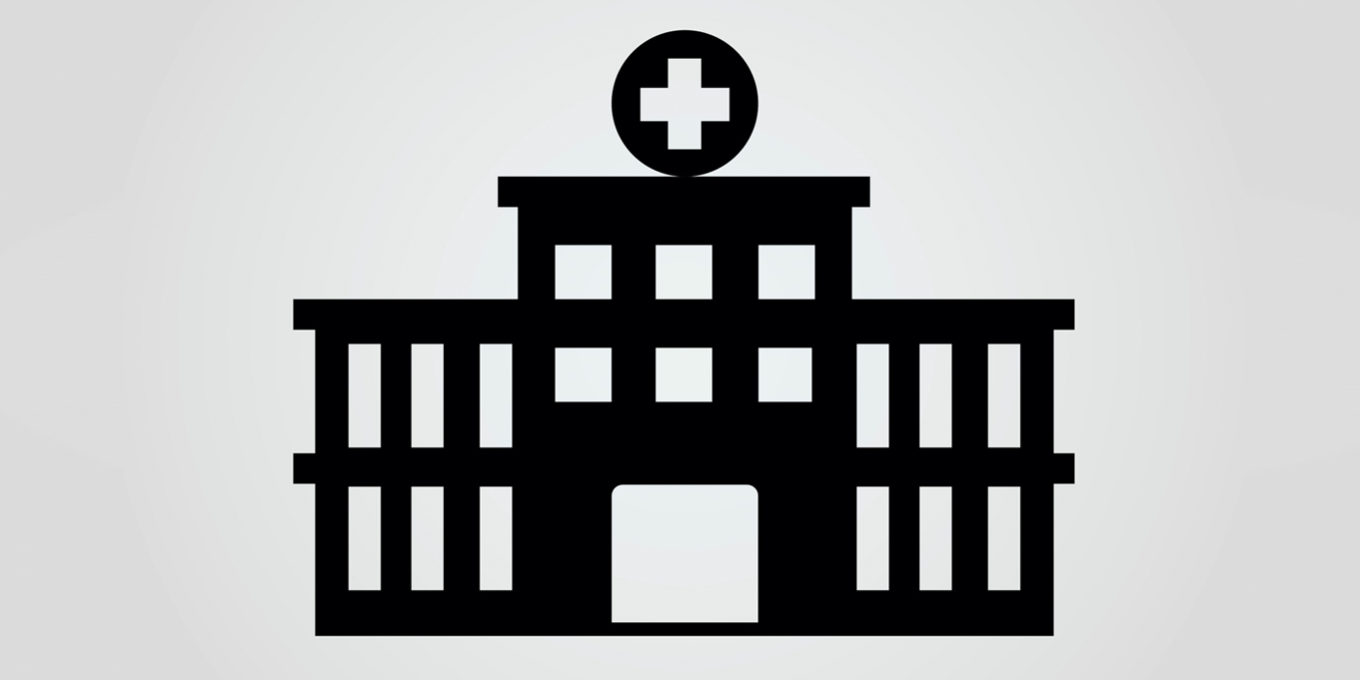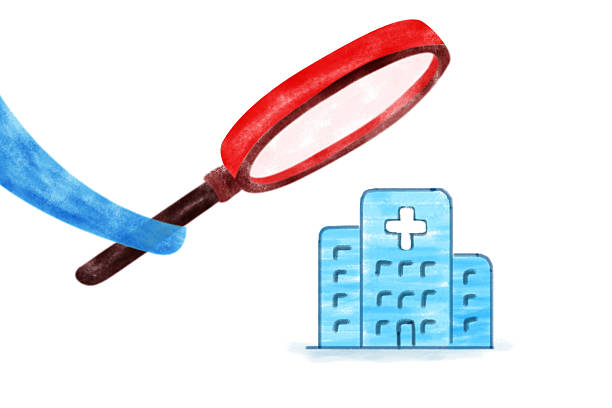Before we go ahead with the question at hand, let us first define Micro-Hospitals and how this concept has the potential to affect the overall healthcare structure in India. Although a lot has been written about micro-hospitals, the information provided is quite confusing. Let’s understand the concept of micro-hospitals before going ahead.
Understanding Micro-Hospitals
A micro-hospital is a small sized in-patient facility that operates 24/7, catering perfectly for observation, emergency care and short stay medical needs. Micro-hospitals, typically having about 10 to 15 beds, offer comprehensive emergency services in remote and under-served locations. Although no two micro-hospitals are alike, most of these facilities have an emergency care unit, surgery center, diagnostics unit, pharmacy and inpatient nursing facility. These hospitals admit patients who do not require long term hospitalization and who have semi-acuity needs. The patients are referred to the traditional hospitals if their needs are high-acuity in nature.
Micro-hospitals are coming up at a number of locations around the world – in both developed and developing communities. These facilities are easier to construct, cost way less than putting up a full-fledged hospital in rural areas, and are more adept at providing community specific care. Additionally these facilities, sometimes being affiliated with a large healthcare chain, bring faster and higher reimbursement for the services provided.
The Unique Indian Healthcare System
India deals with a unique healthcare structure and its needs are quite different from the rest of the world. The country is vast and its population is widespread. There is also an acute shortage of qualified medical professionals to cater to this burgeoning population. Despite making long strides in technology and networking, India still lags behind in providing basic healthcare services to its citizens. The people in rural and remote locations are still struggling to find timely medical services.
The healthcare structure and scenario of far-flung communities is unique. It is characterized by a need for access to timely treatment, affordable healthcare, and availability of medicines, doctors and services. By becoming an intrinsic part of a larger healthcare structure, micro-hospitals are able to fill this urgent gap between rural patients’ demand for quality care and affordability of services. Since micro-hospitals do not offer a plethora of services, they are looked on as affordable patient care centers.
Quality Care to Remote Locations
According to a study conducted by the reputed accounting firm, PriceWaterCoopers (PWC) in the year 2012, most Indians travel close to 20 kms to access any healthcare center.
While consulting a specialist is easy for the population living in the cities, it is not possible for those living in remote villages. Micro-hospitals can act as centers for emergency services for the local communities as they can provide care on demand. Although most micro-hospitals offer only a few main healthcare facilities, some of them have additional capabilities as well, such as labor/delivery rooms.
The very idea of having micro-hospitals is to provide timely, quality and affordable services to remote and under-served locations and communities. Although they do not provide the complete gamut of medical services, most micro-hospitals are designed to cater to the specific needs of the community. These service centers, sometimes, also double up as ambulatory units, vaccination centers, and as public health awareness centers. Micro-hospitals also have the ability to penetrate the village structure which is sometimes difficult for a full-fledged hospital.
Micro-hospitals are providing quality healthcare service to remote communities by combining technology and networking to their advantage. Telehealth and telemedicine are two concepts that micro-hospitals will be making most use of in the near future. With telemedicine, micro-hospitals can have remote analysis of diagnostic reports and images, telehealth facilities provided by in-house nurses and staff, in-built monitoring systems for emergency departments and Newborn Screening System, and access to specialists from around the world.
In conclusion, micro-hospitals can and are bridging the need gap for better and timely healthcare for remote communities. Although micro-hospitals cannot offer all the services provided in a traditional hospital, they certainly cater to more than 90% of healthcare needs of the people they serve. With the main aim of improving patient care and treatment to people living in under-served and remote locations, micro-hospitals are being looked as a middle ground between large hospital systems and basic healthcare centers.



